I vividly remember the first time I stepped foot on World of Warcraft’s Asian-inspired island, Pandaria. As a budding adventurer, I was awed by the opening airship battle, stunned by the region’s beauty, and enchanted by its fluffy Panda-inspired people. My jaw still drops any time I do the circle around the Serpent’s Heart – it was a world quite unlike any other: lush, vivid, and exciting. But the last time I really played the MMO was during Shadowlands because, while I reviewed Dragonflight, I didn’t get to put as much time into it as I’d wanted. Why? Well, MMORPGs are ‘massive’ by their very nature, and finding the time to slot in daily quests and raids with the squad isn’t exactly easy. By contrast, Legacy: Steel and Sorcery feels like a condensed version of the WoW experience, with added extraction mechanics to boot. It’s a game that showed a lot of promise in its alpha stages, and it’s finally arrived on Steam in early access.
I discovered Legacy: Steel and Sorcery during the October rendition of Steam Next Fest. Billed as a Tarkov-like extraction game set in a vibrant high fantasy universe, I was excited to see what a slimmed down RPG take on WoW’s classic formula would look like. I enjoyed the high-risk-high-reward playstyle of the Rogue, but really fell in love with the Priest, who felt like the perfect midway point between healing and pure damage.
The experience was incomplete, however, with several missing textures, performance issues, and stuttering, topped off with a particularly nasty bug that turned me into a wand then booted me out of the game. What I managed to play was great fun, but very clearly a work in progress.
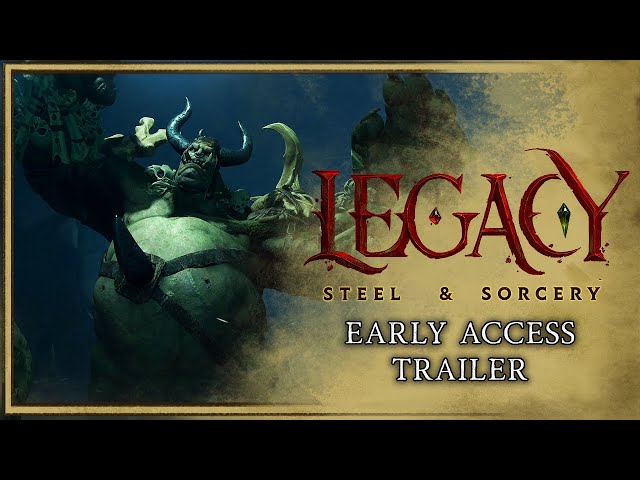
It’s been four months since Steam Next Fest, and developer Notorious has been hard at work. Rocks are now rocks instead of eerie green lattices, and there’s a slew of new content – including the warrior’s Deathball weapon that I’m kind of obsessed with. Steel and Sorcery feels like it’s transitioned from an alpha to a fully playable extraction experience.
Ahead of the game’s early access launch, I ask Notorious Studios’ founder and CEO Chris Kaleiki, who spent 13 years working on World of Warcraft, about the past four months, specifically honing in on those performance issues.
The root of the original issue was the team’s inexperience with Unreal Engine 5, he tells me, noting that “UE5 came out the same week that [Notorious Studios] was formed.
“We never really went with Unreal Engine 4, and that was a bit of a risk,” he continues. “It’s not like you can flick a switch and fix the performance. A lot of the creatures in the zone are now dormant so that they’re not running on the server until you interact with them. We’re also optimizing the art and these sorts of things. It’s one of the things we’re spending the most time doing, and I was encouraged to see that, in [our latest] playtest, a lot of people remarked that the performance felt a lot better.”
But even performance issues didn’t stop Steel and Sorcery making it into the top 50 games at Steam Next Fest, sitting amid other titans like Supervive, Delta Force, and Strinova. For me, it’s the unique blend of WoW’s traditional MMORPG feel and Escape from Tarkov’s extraction mechanics that drew me in, and that’s no doubt what intrigued other players, too. But Steel and Sorcery is a PvP game at its core, which is perhaps the least popular part of most traditional MMOs. I ask Kaleiki if he thinks going full PvP is a risk, despite the game’s stellar showing at SNF.
“When you’re making a game that’s going to have PvP, you have to make the PvP first” he tells me. “An ogre isn’t going to complain if the game is broken or the combat’s not working, but the player will. Oftentimes what a lot of games do is they create PvE first then it’s like ‘let’s figure out PvP now,’ and it’s like ‘oh my God nothing can work’ because you design a combat system in such a way that just isn’t conducive.
“We did PvP first, then we did a lot of the AI creatures in the game. It makes perfect sense why players would see our game and go ‘wow, I’d love a PvE version.’ It is something we intend to do over time and grow the game, but PvE is really a challenge to design. For example, the systems team that I was on in WoW was larger than this whole company. To create any content for that game you need hundreds of people over the course of six or eight months to a year to build that content, and then players will play it in 15 minutes. We just don’t have the team to do that yet.”
He does stress, however, that Legacy: Steel and Sorcery “isn’t an arena or a battleground elimination kind of game where you literally have to kill players to win – it’s open-ended. You could go in there and not swing your sword once against another player and still have a fun time.”
But Kaleiki’s approach to PvP – and Steel and Sorcery as a whole – is very much a product of his time at Blizzard. Having designed several classes – including monk and priest, my two favorites – alongside various PvP systems and myriad spells, you can certainly see flickers of WoW in Steel and Sorcery. I ask him if there are many major lessons he’s taken from Warcraft, prompting a laugh. “If you talk to a lot of [WoW]’s directors they think so many things that we did on it were mistakes, which I don’t think is necessarily true. But there’s a lot of things that you work on that you’re like ‘wow, I’d go back in time and do this differently.’
He discusses the difficulties of keeping gear fresh and exciting to dissuade the “cynical” feeling that “choice is an illusion” because there’s always a ‘right’ way to build your character. Then we turn to how different archetypes function in a PvP setting: the tank tanks, the DPS deals damage up front or from the backline, and the healer, well, also somehow always ends up tanking. This is something Notorious wants to avoid in Steel and Sorcery.
“In [games like World of Warcraft] the priest or the healer always becomes the PvP tank,” he says with a laugh – one that I join in on, even as my inner Holy Priest cries. “But one thing I’ve never loved is that if the healer or priest is tanking in PvP, you just sort of stand there and you have to deal with it. One thing that we did with [Steel and Sorcery’s] priest is that she can fly. This isn’t just because it’s fun – although that is one part of it – but it’s a way that she can peel in PvP situations so that she can keep herself alive rather than needing another player to help her.
“That’s our North Star,” he continues. “We want to make things fun as a DPS but also as a healer as well, but not overwhelm the game. It’s a tricky balance, but the team and myself have been doing it for over a decade.”
With two new classes on the horizon (Paladin and Wizard), Legacy: Steel and Sorcery is making its early access debut today, Wednesday February 12. You can pick it up on Steam for $24.99 / £21.99 – you never know, perhaps we’ll meet on the battlefield.
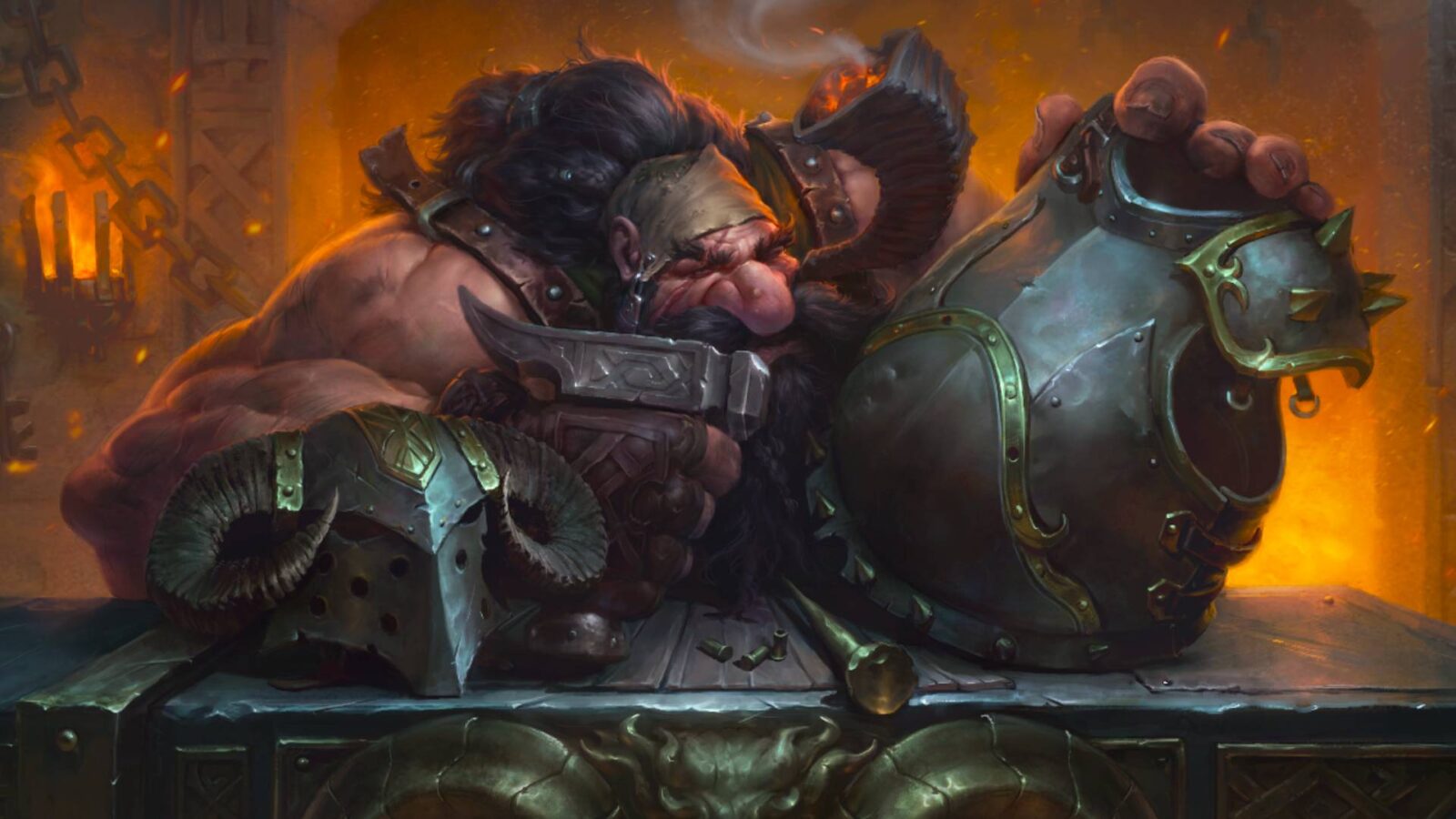

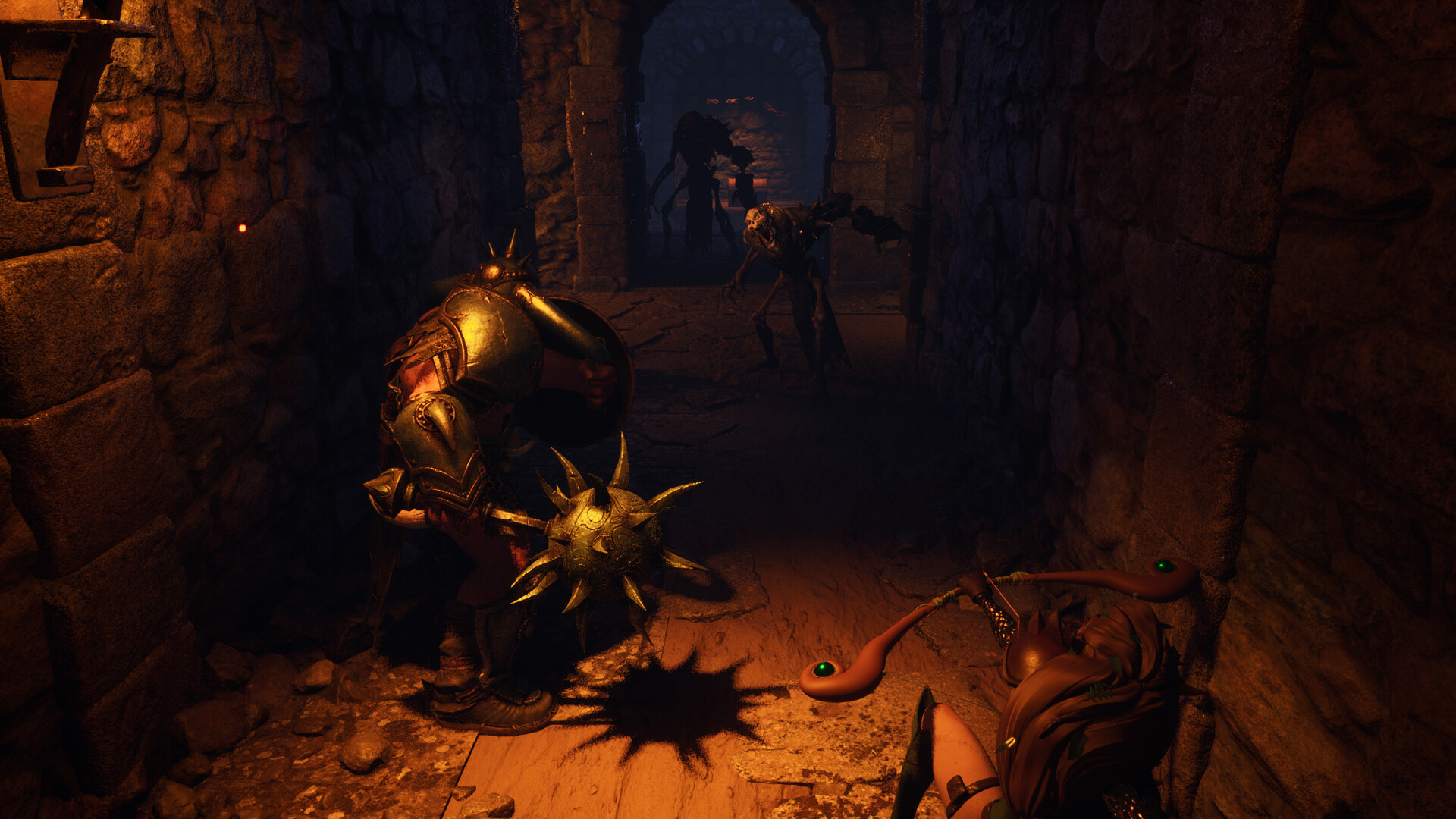
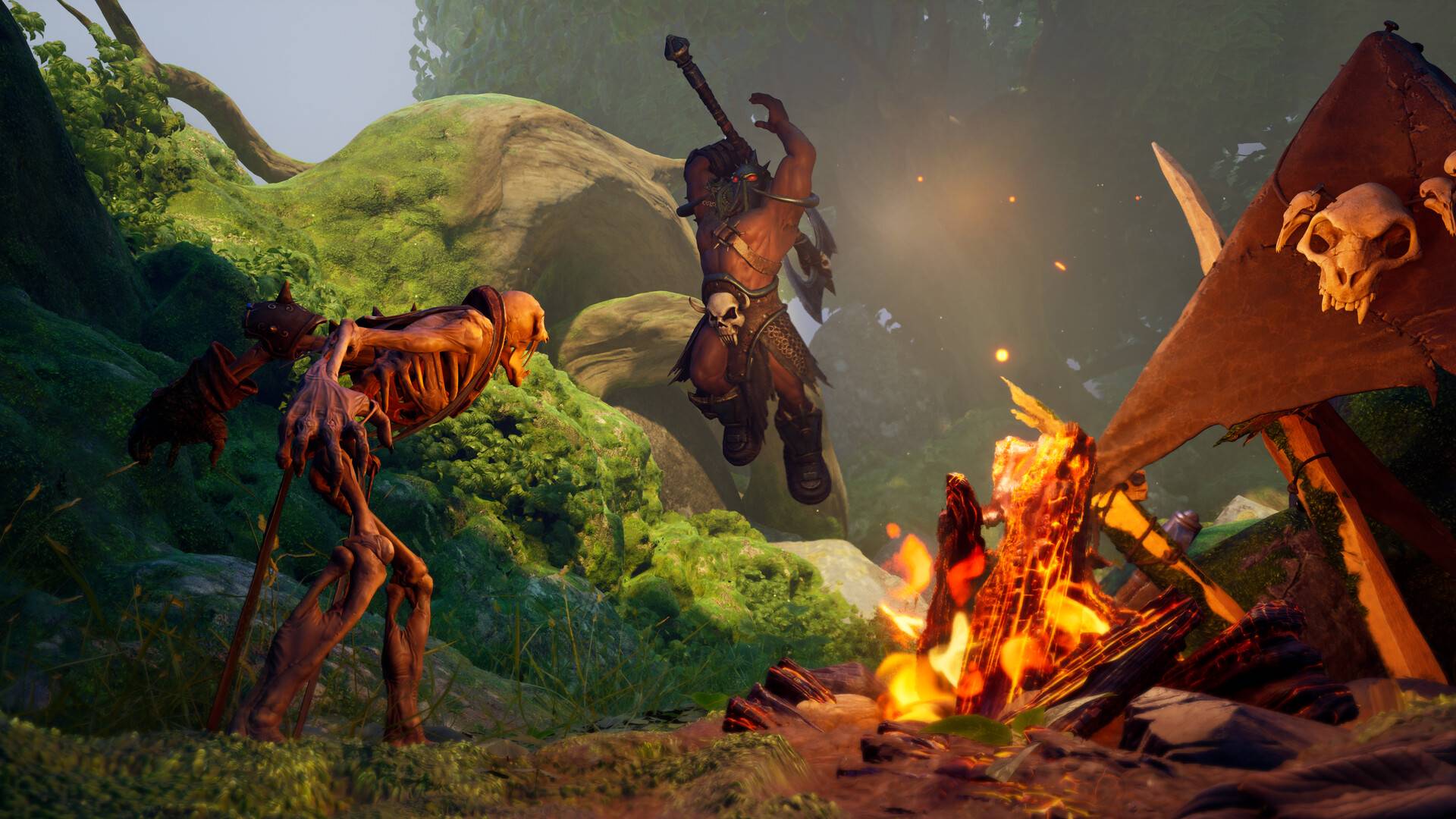




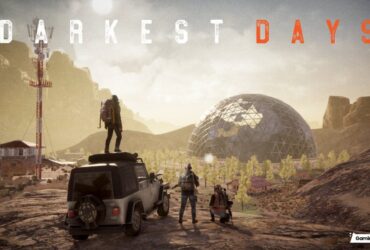





Leave a Reply